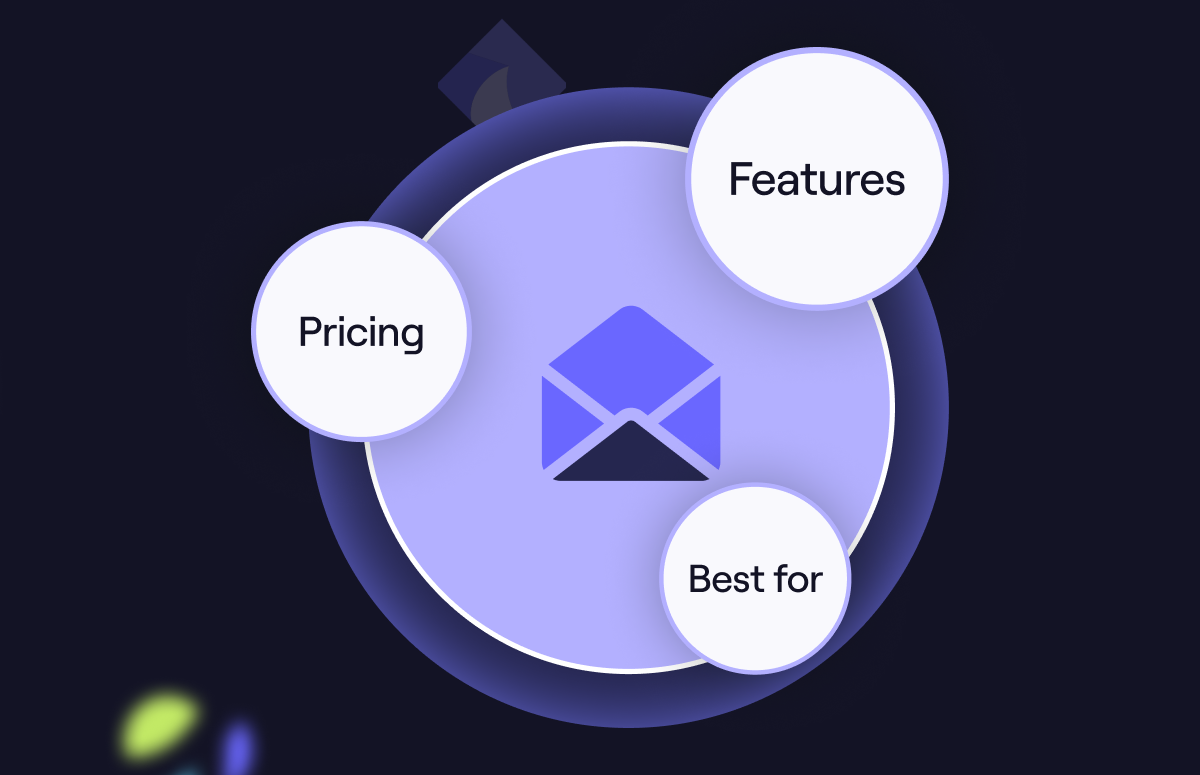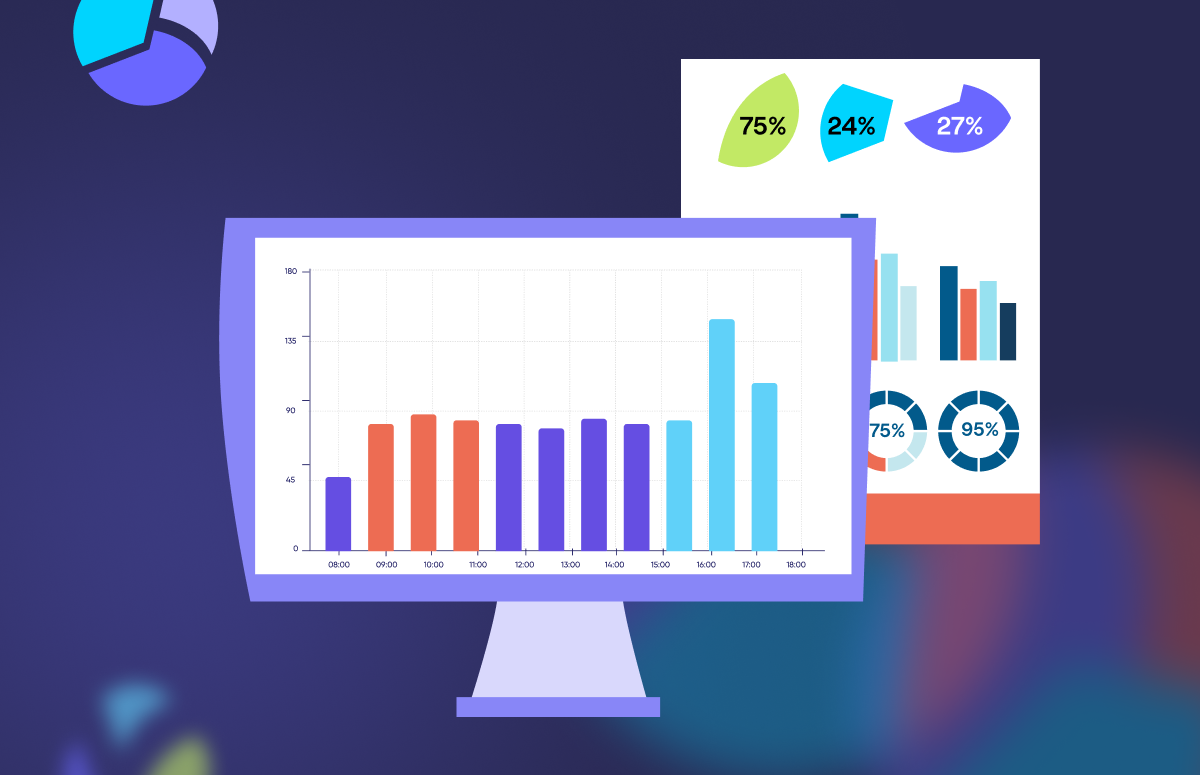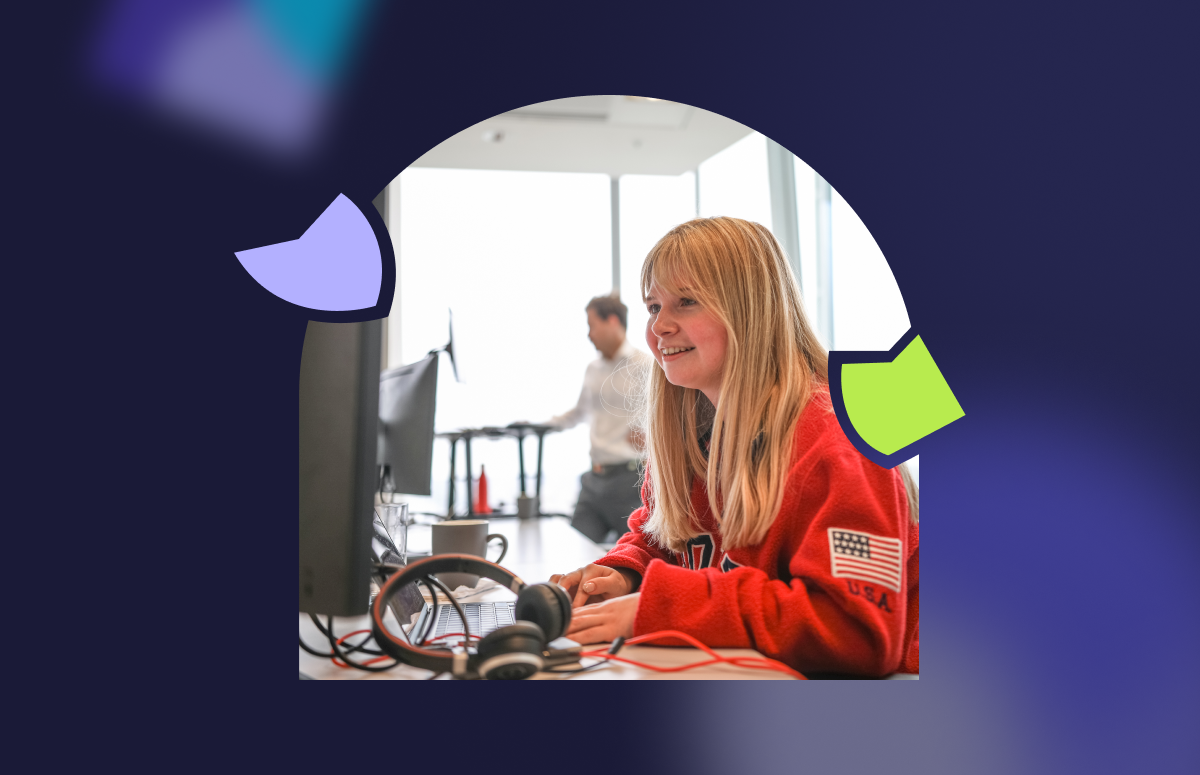How to Use LinkedIn for Sales Prospecting and Booking Meetings
LinkedIn is the top spot for serious prospecting.
With the right insights, tools and tactics, it becomes more than a social media platform for catching up with old office mates.
We turned to an expert in the field, Madison Yuille, Enterprise SDR at Cognism, for practical outreach tips.
Ready to level up your LinkedIn prospecting game?
Let’s get started! 👇
Sales prospecting on LinkedIn: step by step process
As an SDR, Madison perfected her LinkedIn prospecting process and shared the exact steps, techniques, and tools that helped her book meetings with enterprise clients.
Here’s an example of a successful LinkedIn outreach.👇
1. Research prospects on Linkedin
The key to impactful LinkedIn prospecting is really getting to know the person you’re reaching out to.
This means diving deep into their profile and picking up on the details that can help you connect in a meaningful way. Here’s what to focus on:
- Career trajectory: Look at where the prospect has worked and how they’ve progressed.
- Endorsements and recommendations: See what skills people praise them for and if you have any mutual connections.
- Groups and associations: Check out the groups they’re in; get a feel for their interests and industry focus.
- Recent activity: Look at what they’re posting and commenting on to find out what’s on their mind.
- Education and certifications: See where they studied and any extra qualifications they have; it might be a good talking point.
2. Send an initial LinkedIn message
“I reached out to a Director of Sales Development through LinkedIn. I sent him a connection request, then a brief message asking if I could send a voice note to explain why I was contacting him.”
Madison has found that being direct and considerate gets the best results. Asking permission to send a more detailed voice note lets you know whether they’re interested in your offer and if they’re comfortable with the format.
Check out LinkedIn message templates.
3. Follow up with humor
After no response, Madison shifted tactics. She sent a GIF of the comedy character Mr Bean checking his wristwatch impatiently - a humorous nudge about her wait.
The only reply was a laughing emoji.
Undeterred, Madison saw this as a positive sign. As she told us:
“He replied with a laughing emoji, so I started sending GIFs daily.”
“After a while, he replied saying, ‘Okay, you’ve earned 15 minutes of my time.’”
“Unless they go ‘please stop not interested’, keep following up because they will eventually answer.”
Madison’s persistence, combined with her humour, caught the Director’s attention. She didn’t just rely on initial messages but focused on consistent, playful follow-ups.
So what are the takeaways?
- The human touch: Madison’s personal approach, instead of a bog standard sales pitch, made her stand out.
- Persistence is key: LinkedIn prospecting requires patience and determination. Madison’s creative persistence paid off.
- Reading signals: Madison picked up on cues, like the laughing emoji, and adjusted her strategy accordingly.
4. Access prospects’ contact data
For anyone serious about LinkedIn prospecting, Cognism’s Chrome Extension is the go-to tool. It allows users to gain data points such as business emails and phone-verified mobile numbers, co-workers, company intel and intent signals.
Plus, reps can quickly import a large number of contacts directly into tools like Salesforce or Outreach or enrich Sales Navigator lists. Here's how it works:
Users can also use the extension to research prospects outside LinkedIn, i.e. while browsing corporate websites. All this makes it a perfect SDR tool.
But don’t take our word for this! Here’s what Michael Iannuzzi, Director of Marketing & Sales Development at Drift, said about using Cogism’s extension and its integration system.
Here are a few other ways to find emails on LinkedIn.
5. Leverage intent data
When you’re using LinkedIn for sales prospecting, having timely knowledge can set you miles ahead of the competition. Identifying companies that are actively seeking solutions or showing market interest is crucial.
This is where Cognism’s intent and signal data comes into play. It gives you direct insights, pointing you towards businesses that show a genuine interest in making a purchase.
Madison told us:
“Intent data pinpoints companies that might have a use case. Looking at a company’s structure helps, but intent data clearly shows their readiness in the market.”
Check out the list of intent data providers.
6. Include LinkedIn in your sales cadence
The value of a well-defined prospecting cadence can’t be overstated. Without it, your prospecting on LinkedIn will become scattered and ineffective.
Mapping out a structured approach and building cadences that include key channels: the phone, email, LinkedIn and video, makes it more likely that your prospects will respond.
More touchpoints mean you won’t be bombarding your prospects on LinkedIn; the idea is to make your it as value-led as possible.
Watch a LinkedIn prospecting workshop hosted by Morgan J Ingram who is joined by Mattia Schaper, Co-founder of SDRs of Germany and Advisor and Investor at TrainYo. They will go through examples of LinkedIn messages and give tips about building outbound cadence and spacing for LinkedIn messages.
7. Engage with different stakeholders
Prospecting to enterprise accounts requires a multithreading approach. It means having to reach out to different people in different departments.
You can use LinkedIn to engage prospects in different teams at once and help them aligne on your product before you initiate a demo.
Take time to understand how people in different departments respond to things. For example, Legal might respond better to LinkedIn prospecting messages that mention compliance, while RevOps will probably be more interested in how your solution streamlines processes.
You may also find that different departments are based in different territories, which is not uncommon with enterprise orgs. To navigate that, try to send LinkedIn messages at a time that's convenient for your prospect.
8. Personalise outbound prospecting
The more tailored your outreach on LinkedIn, the higher the likelihood of a positive response. It’s about merging the professional with the personal, striking a balance that grabs attention.
Here are some tips for personalised LinkedIn prospecting:
- Mention recent activity: Comment on a recent post they made or congratulate them on a new role/accomplishment; this demonstrates your genuine interest.
- Tailor your value proposition: Highlight specific ways your solution can address the challenges you believe they might be facing.
- Keep it relevant: Ensure that what you’re offering aligns with their current role or industry challenges.
- Ask open-ended questions: Encouraging dialogue is key. For example, “I noticed you recently attended the XYZ conference. How did you find it?”
- Avoid generic praise: Rather than stating, “I admire your professional background,” pinpoint exactly what stood out to you about their career.
Remember, the goal is to make your prospect feel recognised and appreciated, not just another contact on a list.
9. Leverage mutual connections
Shared connections can open doors in unexpected ways. When you and a prospect have mutual acquaintances, it lays a foundation of trust.
Here are some suggestions to make the most of these connections:
- Mention the connection: Simply pointing out a mutual acquaintance can set a friendly tone for your outreach.
- Consider an introduction: If the situation feels right, you might ask the mutual connection for a brief introduction.
- Discuss common ground: It can be a good talking point if you both recently attended the same industry event or gathering.
Can you sell directly on LinkedIn?
Leading with a sales pitch and aiming to sell the product immediately is a common mistake reps make when using LinkedIn as a prospecting tool. Madison explained:
“Pitching right in the first message is a big mistake. You need to engage with and understand the prospect before introducing a solution. Otherwise, you can hinder your efforts right from the start.”
The lesson is clear:
The emphasis should be on forming a genuine connection. Beyond tapping into LinkedIn’s expansive network, the real art is in showing true interest in the individual behind the profile, discerning their needs, and, only after that, presenting a relevant solution.
Is LinkedIn a good prospecting tool?
LinkedIn has become an indispensable prospecting tool for modern businesses. With 900 million users, it’s the go-to platform for B2B outreach. It provides access to a global network of professionals across all sectors.
By enriching LinkedIn profiles and Sales Navigator lists with correct contact data, reps can have meaningful conversations with decision-makers.
Instead of a one-size-fits-all approach, LinkedIn encourages you to understand your leads’ unique needs and interests. It helps businesses really get to know who they’re reaching out to.
Is LinkedIn a good place to get leads?
Prospecting on LinkedIn is a game-changer in quality lead generation due to its advanced search capabilities.
LinkedIn’s search functionality allows salespeople to target prospects based on industries, roles, regions, company size, mutual connections, and specific skills or endorsements.
Instead of casting a wide net and hoping for a catch, this pinpointed approach ensures that you direct your efforts towards the most relevant, high-value prospects.



